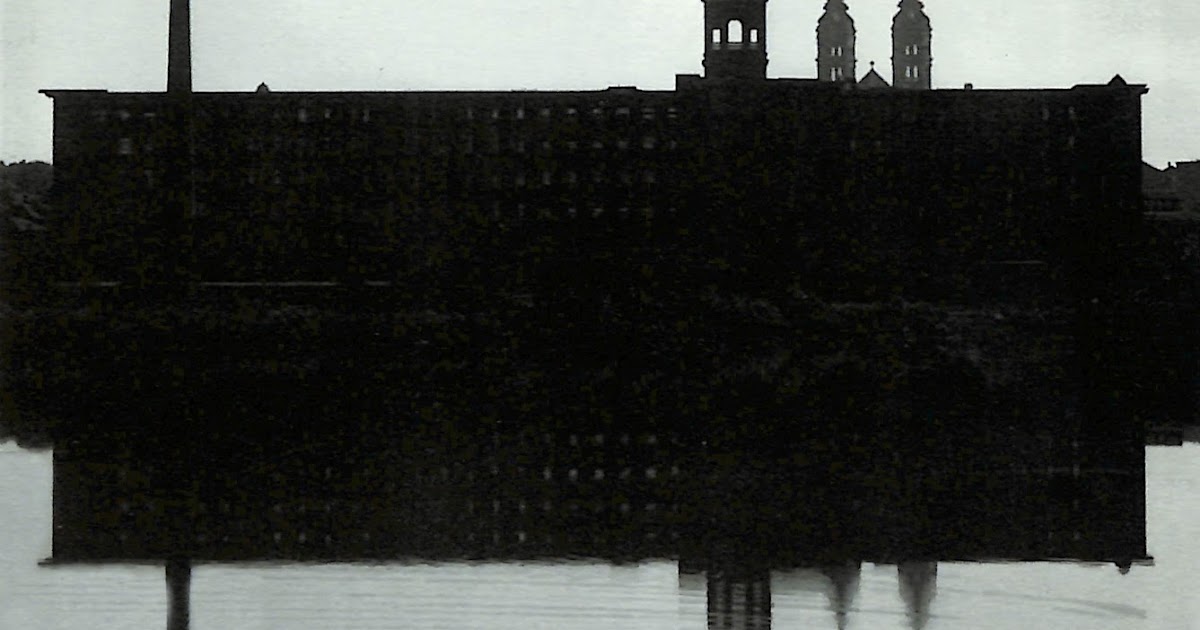


Vernacular architecture and landscape architecture, often called the "ordinary" or "traditional" built environment, is a subject which crosses many disciplines: architecture, landscape architecture, historic preservation, building science, cultural anthropology, urban geography, archaeology, material culture, history, folklore, gender studies and human geography among them. The vernacular garden is a result of community-held beliefs about gardening aesthetics and utility as well as the. Vernacular gardens, by definition, are gardens of ordinary people, not those designed by professionals or owned by the elite. Originally published Last edited Jun 5, 2013. nomads, Haida) will lead to additional worthwhile material, even when the main focus is not architecture per se, and should be searched as well. Vernacular Gardens - New Georgia Encyclopedia.

Shaker, Safavid), or cultural descriptor (e.g. Terms related to a particular building material (e.g. Only selected general materials are listed here in fact, specific sources are generally excluded from this guide. The Anthropology Library, East Asian Library, Ethnic Studies Library, South/Southeast Asia Library, and Doe and Moffitt Libraries also have relevant materials. This is a brief and selective guide to materials available in the Environmental Design Library, and includes basic research tools, historical sources, and strategies for finding materials in the UC Berkeley Libraries. 'Vernacular landscape refers to the way people in different regions carry out activities for natural processes, land, and land space patterns in order to adapt to their respective lifestyles, and is a composite system that contains local nature and culture as a display of people's lifestyles in their respective regions on the earth.


 0 kommentar(er)
0 kommentar(er)
